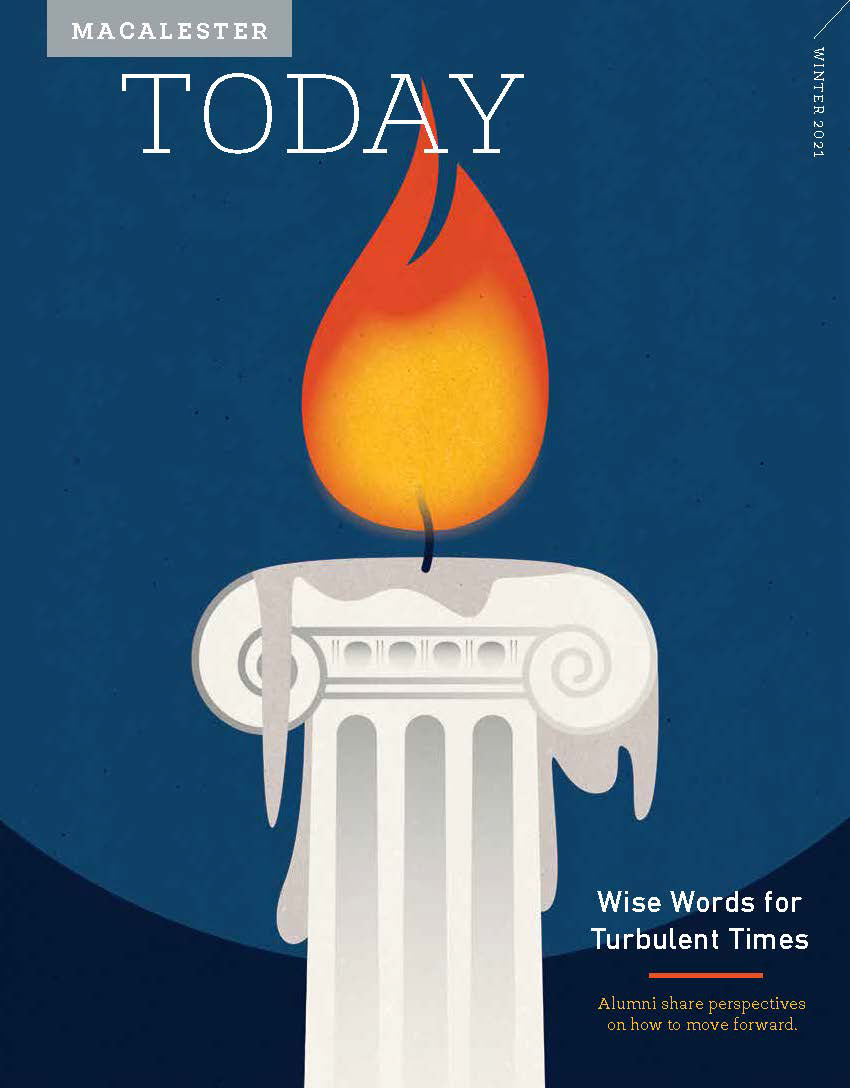
History professor Karin Vélez is a historian of pre-1800 global history. Her recent course “Rumors in History” explores how fake news went viral even before the Internet fueled its spread and how fiction continues to overshadow reality, even when we have the facts.
Was there a particular rumor that piqued your interest in exploring rumors throughout history?
Historians Arlette Farge and Jacques Revel describe an incident in 1750 Paris when people rioted for two days because they thought the police were kidnapping random children from the streets. Rumors ran rampant about the police, yet Farge and Revel have shown that Parisian suspicions had some basis in reality. That episode inspired my approach to exploring other rumors. They sometimes seem outlandish, but often there is a kernel of truth. That’s what gives them staying power.
One rumor this class explores is the 1938 “War of the Worlds” radio broadcast. Can you tell me more about that broadcast’s aftermath?
What most people know about the “War of the Worlds” incident is, in fact, rumor. Orson Welles and his theater company presented a radio broadcast of a novel by H. G. Wells, chronicling a Martian attack on the United States. They made the show sound like a real news report, so it freaked out some listeners. But most people listening knew right away that the broadcast was not true. They were excited by the idea that it might be suckering others, so they exaggerated its effect. It makes a better story. Later the incident became crucial evidence in American debates about the harmful influence of radio, and even scholars who should know better continue to perpetuate this rumor that Orson Welles fooled everyone. This all illustrates how we might fall in love with a rumor and privilege it over a more boring truth, which in this case is that no one in 1938 New Jersey thought aliens were coming to get them.
This course examines how “factfulness” can correct false narratives. Can you unpack this term?
We start this course by reading Hans Rosling’s book Factfulness, which offers a 10-step methodology for debunking misinformation in the media. Rosling wants us to go out and counteract our brains’ preconditioned dramatic tendencies that are triggered by reading the news. For instance, Rosling talks about the blame instinct: when something goes wrong, our fallback tends to be to look for an individual to blame. Even if it’s an entire system at fault. It takes practice and daily effort to apply Rosling’s brilliant counteractives. It’s really hard. So in class we discuss: Is factfulness a reasonable expectation for humanity?
How do rumors ignore facts, even when there’s recorded evidence to contradict them?
Historians bring a skepticism to evidence that makes us ideally suited to tackle rumor, because we assume distortion, both of the evidence and of its reception and interpretation. Historians don’t say, “This was written down so it must be true.” To the contrary, the existence of words begs as many questions as it answers about truth. So, why doesn’t evidence kill rumor? My training as a historian prompts me to flip that question and to ask instead, “Why do we assume that if we show someone concrete proof that they’re wrong, they’re going to be persuaded that a story that they care about should be cast aside?”
So, what gives rumors staying power even after they are disproven? And how have the answers to that question changed over time?
I think changes in media and technology have ratcheted everything up in our current times. For this course, we read excellent recent studies about how social media and the Internet have made it easier to tamper with information. Measurably, fake news is reaching far more people, partly because it spreads even when people pass it along to discredit it.
You taught this class in early 2019, then again after the COVID-19 pandemic began. How did you frame this course differently, within the present-day context of a public health crisis?
Zhantao Luo ’19 took the first course and returned to campus as an alumnus last May at the start of the pandemic. He sat down in my office and pulled out his cell phone and said, “You have got to see all of these rumors emerging around coronavirus in China. It reminds me of what we studied in class.” He inspired me to revamp the central case studies of the course for fall 2020. This time around, students chose whether they wanted to focus on epidemic disease or social unrest, and studied rumors that circulate around those flashpoints, and their consequences.
What do you hope students take away from this course?
This question makes me think of that student returning to my office a year after taking “Rumors.” What we talked about abstractly in Old Main was really evident in his life outside Macalester. These are frightening times, and rumor can appear to be a terrifying force beyond our control. But Zhantao was confronting rumor, not with fear or despair, but with the knowledge of some brave companions—intellectuals, professors, former classmates—who were also trying to understand this phenomenon. Instead of running away from rumor, he ran headlong into it in search of answers. That’s my hope for all my students.
By Hillary Moses Mohaupt ’08 / Illustration by Go Suga
Hillary Moses Mohaupt ’08 majored in history, then earned a master’s degree in public history. She is a freelance writer in the greater Philadelphia area.
January 25 2021
Back to top





